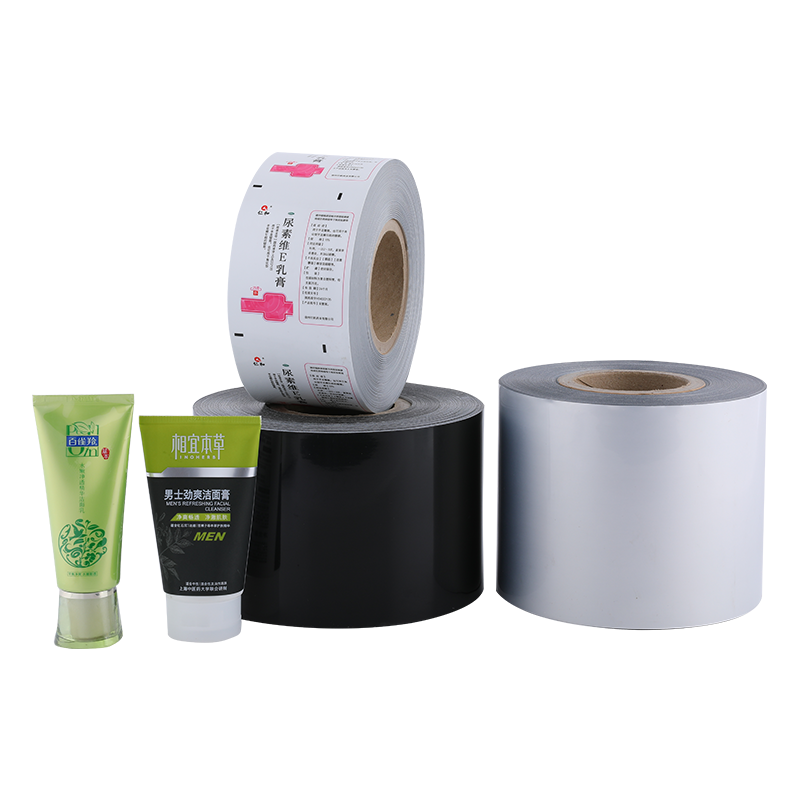
Menu

Printing inks for flexible packaging refer to process inks that are printed on flexible packaging materials such as plastic films, woven bags, aluminum foil, and roll wrapping paper using printing machines. According to the different types of printing, it can be divided into gravure ink, letterpress ink and flexo ink; according to the main components of the ink, it can be divided into solvent ink, alcohol soluble ink and water-based ink; according to the surface of the printed object , Can be divided into surface printing ink and inside printing ink. Before selecting the ink, first determine the type of printing substrate of the ink. Even if it is the same type of material, you should understand the material composition, manufacturer, grade, additives, pretreatment process the substrate, and then choose according to the above characteristics Applicable ink type.

In the selection of ink, the following flexible packaging manufacturer four influencing factors should also be noted. Printing conditions includes the printing speed, the ability of the drying equipment, the shape of the printing plate and the number of lines, the number of printing colors and the printing order, and the temperature and humidity conditions of the printing workshop. The drying of the ink is the most important link that affects the printing quality, and the drying speed is affected by various factors such as the printing press and the environment, and is the main factor that causes the unstable printing effect and the printing quality defects. Printing effect Including printing color, saturation of color tone, transparency, glossiness, surface printing or inside printing, whether there is additional printing glossy surface。
The printing effect has a direct relationship with the degree of dispersion of the pigment particles in the ink. When the pigment particles are reduced, the color intensity will increase rapidly, that is, good gloss and transparency can be achieved. In order to prevent the aggregation of organic pigments, it is necessary to add a suitable dispersant. 3. Processing conditions Most printed products become finished products after one-time processing. For this processing condition, it is necessary to judge whether it is suitable for the characteristics of ink, which is also an important part of ensuring product quality.
The compatibility with the adhesive, compound strength, heat seal strength, etc. are closely related to the type of ink and the resin binder in it, and experiments and investigations are required in advance. Before printing, you should also understand the final use and use status of the product, and you must pay special attention to it. Such as the packaging of daily chemical products must have certain acid and alkali resistance, oil resistance of oily food packaging, low temperature resistance of frozen packaging, etc. For some special packaging that requires high temperature cooking, not only the ink connection resin must have high temperature resistance In addition, the pigments in the ink also need good resistance to high temperature decomposition. For packaging with special requirements, full testing should be carried out after full consultation with customers, otherwise quality problems will easioccur.